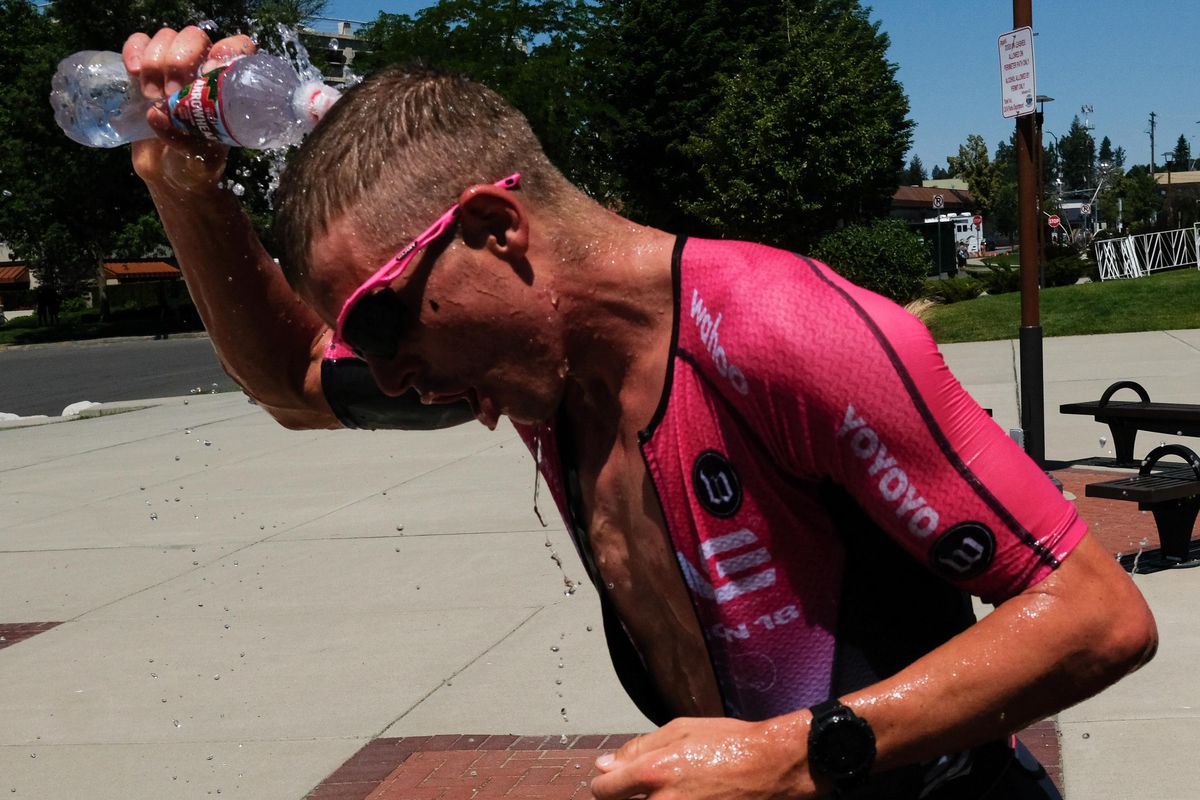Why heat can be so dangerous

Heat has killed more people than any other weather-related event in the last 30 years in the United States.
The human body operates in a fairly narrow temperature range, with 98.6 degrees often cited as the “normal” baseline temperature. When the body’s temperature surges much higher or lower than this point, problems can occur.
Overheating is worse than cooling, however, because our bodies naturally produce heat, said Dr. Nicholas Strasser, a sports medicine and primary care provider at MultiCare Rockwood.
To lose heat, the body typically evaporates, or sweats, when the external temperature gets hotter than our internal temperature. Sweating cools down the blood flow and as a result, the internal body temperature.
High body temperature can change many normal components of our physiology, Strasser said. Hydration levels and fluctuations that lead to downstream effects such as high heart rate, low blood pressure and loss of consciousness all become possible.
Heat stroke is the most severe type of heat illness, when the core body temperature reaches 104 degrees or above. When the internal body temperature reaches these levels, the central nervous system can dysfunction.
“You’re essentially cooking your brain; the brain tissue is not meant to conduct that heat, and it changes how the brain functions and nerve interactions work,” Strasser said.
Strasser, who is the medical director for Hoopfest, said that’s when heat stroke becomes serious. When people get delirious or lose consciousness, it could lead to death.
While our outer limbs can adapt to different temperatures (think putting on gloves in winter or wearing a tank top to keep your arms cool), our inner organs cannot. People with underlying health conditions as well as people who are older are at higher risk, Strasser said.
Healthy and younger people can better deal with the strain and stress of extreme heat than people with underlying health conditions, Strasser said some medications can affect how a person’s body regulates fluids or hormones which could determine how a person reacts to extreme heat.
The good news is human bodies can acclimate to surroundings But heat waves like the recent one are rare in the Pacific Northwest, making acclimatization difficult. While air conditioning is the best option for cooling down your body, other options are available, too.
Taking a cold shower or bath or using a cool cloth to wipe yourself down and then sitting in front of a fan are all effective ways to lower one’s body temperature, Strasser said. Making sure you hydrate and treating heat waves like we do other disasters is also important.
“I recommend that people not be alone,” Strasser said.
There is no set time that it takes for a person to die from heat, because it largely depends on each person’s ability to handle the stress of internal rising temperatures.
Older adults and higher risk populations also might get sicker at lower temperatures than younger people or those without underlying health conditions. Knowing the signs and symptoms of heat-related illness, having the ability to cool down and not being alone in a heat wave are all ways to prevent severe outcomes from happening.